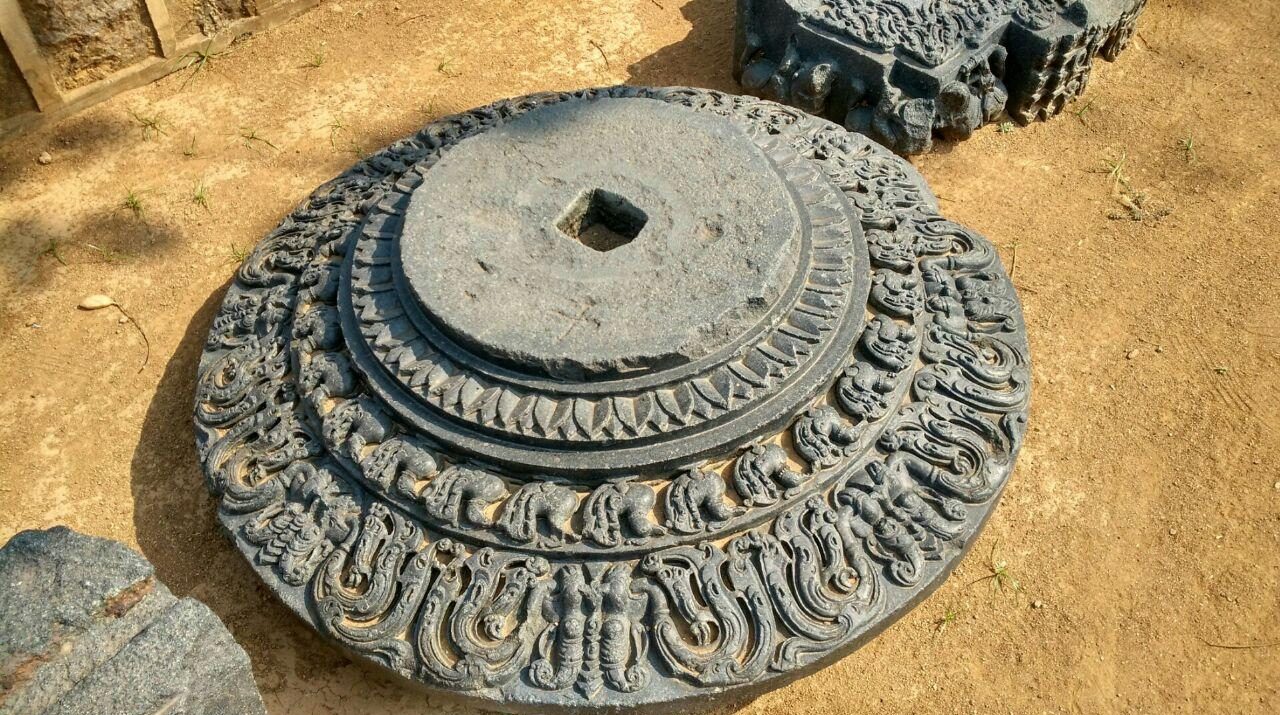#Didyouknow that Tara is a female Bodhisattva in Mahayana Buddhism? Mahayana and Theravada are the two main forms of Buddhism.Tara is the mother of liberation and represents the virtues of achievements and success in work. In Tibetan Buddhism she is regarded as the bodhisattva of compassion and action. She is the female aspect of Avilokiteswara, an important bodhisattva in Buddhism and it is also believed that she originated from his tears.

Green Tara,11th century,Alci monastery, Ladakh.
By Unknown Artist – Sumtsek hall at Alci monastery, Ladakh, India., Public Domain, https://commons.wikimedia.org/w/index.php?curid=44076245
Tara, sculpture,12th century,Bihar.
By I, Sailko, CC BY-SA 3.0, https://commons.wikimedia.org/w/index.php?curid=17563844
Tara is the generic name given to a set of bodhisattvas of a similar quality. There are many known forms of Tara. Green Tara or Syamatara is known for enlightened activity, while White Tara is known for compassion, healing and serenity. Red Tara or Kurukulla is the fierce aspect, Black Tara represents power, Yellow Tara for wealth and prosperity, Blue Tara for transmuting anger, Chittamani Tara of the Gelug school of Tibetan Buddhism. Khadiravani Tara who appeared before Nagarjuna, Buddhist philosopher of the 2nd century, in the predominantly acacian forest of the same name in South India. Tara was a well-worshipped deity in India and Tibet during Pala period in the 8th century.She was likened to the Mother Goddess in India. She is popular in Tibet,Mongolia,Nepal and Bhutan.
Presently Green Tara and White Tara are popular representations of Tara. Green Tara is associated with protection form fear, White Tara is associated with longevity; she counteracts illness and helps in having a long life. She is full of compassion, and is likened to the moon as being white and radiant.

Tara,gilt-copper sculpture, early 15th century, China.
By Tibeto-Chinese, Yongle period (1403—1424) – Sotheby’s, lot.86, Public Domain, https://commons.wikimedia.org/w/index.php?curid=51782138
Below are depicted two Taras seated on lotus thrones. White Tara, represented with the multiple eyes of omniscience, sits in the dhyana or meditation posture, while the Green Tara hangs one leg slightly;both lower one hand in varada-mudra of boon-giving.

White Tara and Green Tara, 15th century,distemper on cloth,Tibet.
By Unknown – http://www.metmuseum.org/collection/the-collection-online/search/78194 direct link, Public Domain, https://commons.wikimedia.org/w/index.php?curid=39107123

Different Taras,Tibetan thangka, 18th century.
By Anonymous – Rubin Museum of Art, Public Domain, https://commons.wikimedia.org/w/index.php?curid=3580148
References :
- Thomas, P/Epics, myths and legends of India, Bombay : D. B. Taraporevala and Sons.
- wikipedia.org
- Fisher,Robert E./Buddhist art and architecture,London : Thames and Hudson,1993.
Posted by :
Soma Ghosh
© author

